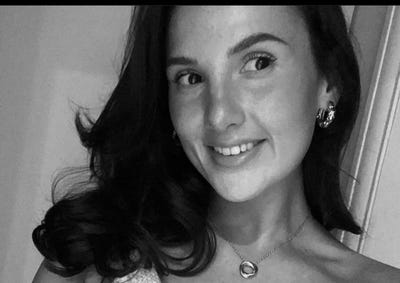
Organizational flips help B-I deal with complexity challenges, says expertOrganizational flips help B-I deal with complexity challenges, says expert
Through changing the traditional organizational structure to include all functions in one team, the setup can support complexities in manufacturing projects, says Boehringer Ingelheim.

“In order to manufacture the modality [of choice], it goes to development, and this is usually divided in four functions: upstream, which is any therapeutic protein or virus made in cell culture, downstream, which concerns purification and then drug product, which is the formulation to bring it into a buffer system where it would be stable overtime and the analytical department look at quality,” Ingo Gorr, head of therapeutic virus development at Boehringer, told BioProcess Insider.
Gorr’s team take a different approach where “the first supervisor has all the different functions in one team.” As a result, he told delegates the team “can carry out efficient fast decision making, and they can make a decision already one hierarchy level above.”
By bringing the experts from different disciplines together in one team, the “understanding across different functions increases as people come together on a daily basis,” Gorr emphasized.
“You get enrichment of the lab heads, because usually they only have one specific function they are managing. With this structure, they have people from different functions and oversee more disciplines, job profile changes, and driving in-depth solutions towards strategic overview. All of this prepares them better for higher positions in their career and enhances their strategic problem-solving skills.”
This structure has been in place for Gorr’s team for two years and it roughly doubles the size of what you would usually have in a regular function focused laboratory. He said it has been a “positive experience” because it “enriches their daily work by getting a holistic understanding of a project, not only from their functional perspective, but also ideas from all other perspectives because they are discussing this in their team.”
He outlined several advantages from the organization setup and said “with critical things going on, you do not need to wait till all hierarchy meets. Instead, this model lets low hierarchy levels make decisions and therefore lets development teams move faster because they can learn what each other are doing.”
Scalability
The model deployed by Gorr has the potential to be adopted across other parts of the business and he said, “it could be enlarged if we could shift people between the teams.” However, while the model could be expanded to “let’s say five or six teams,” it might not be able to be increased “to ten teams.”
While it might not reap as much success in a larger format, Gorr told us it is “more important for the hierarchical bracket to bring different functions together and then the function will find itself because they will always find each other.”
About the Author
You May Also Like





